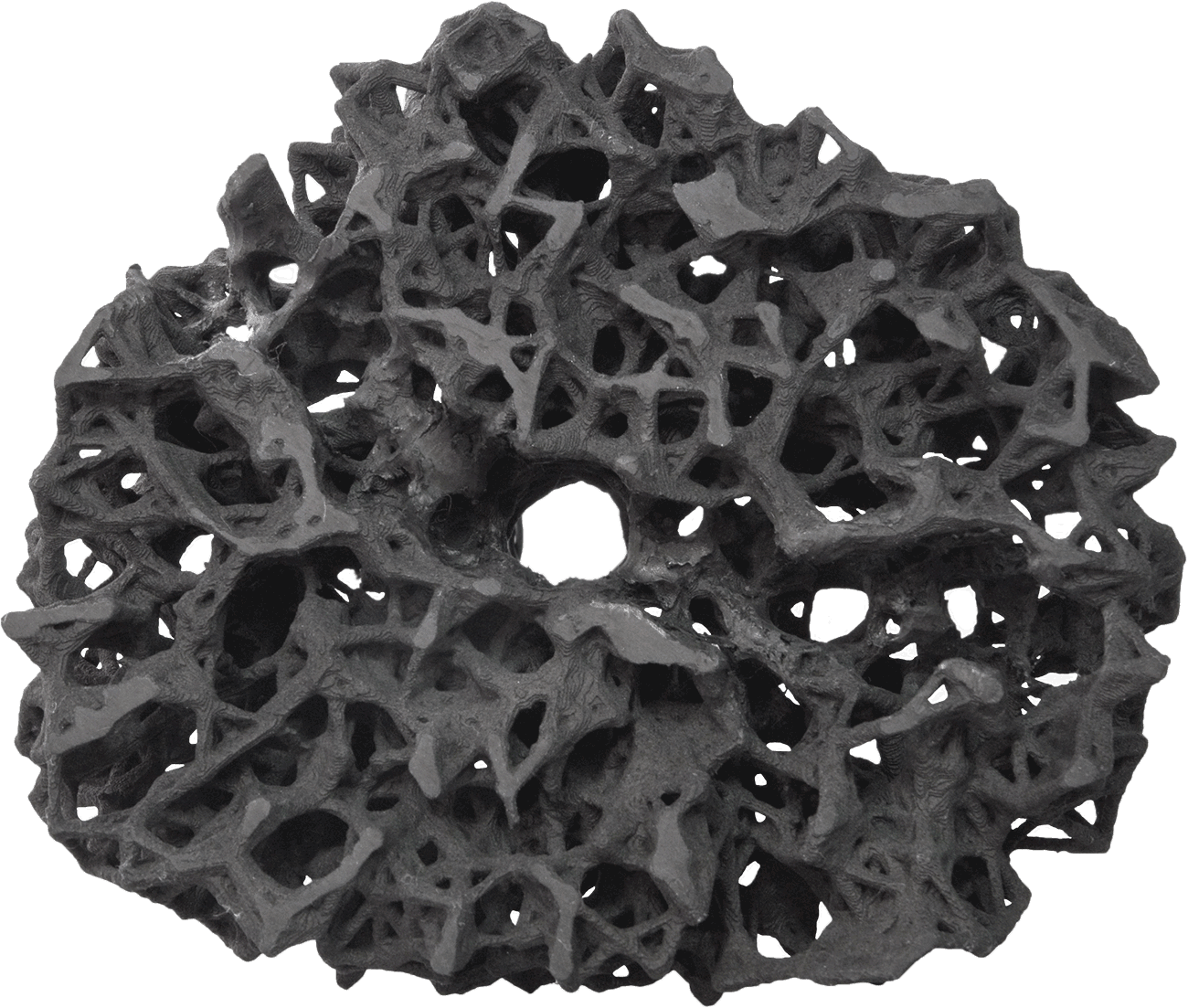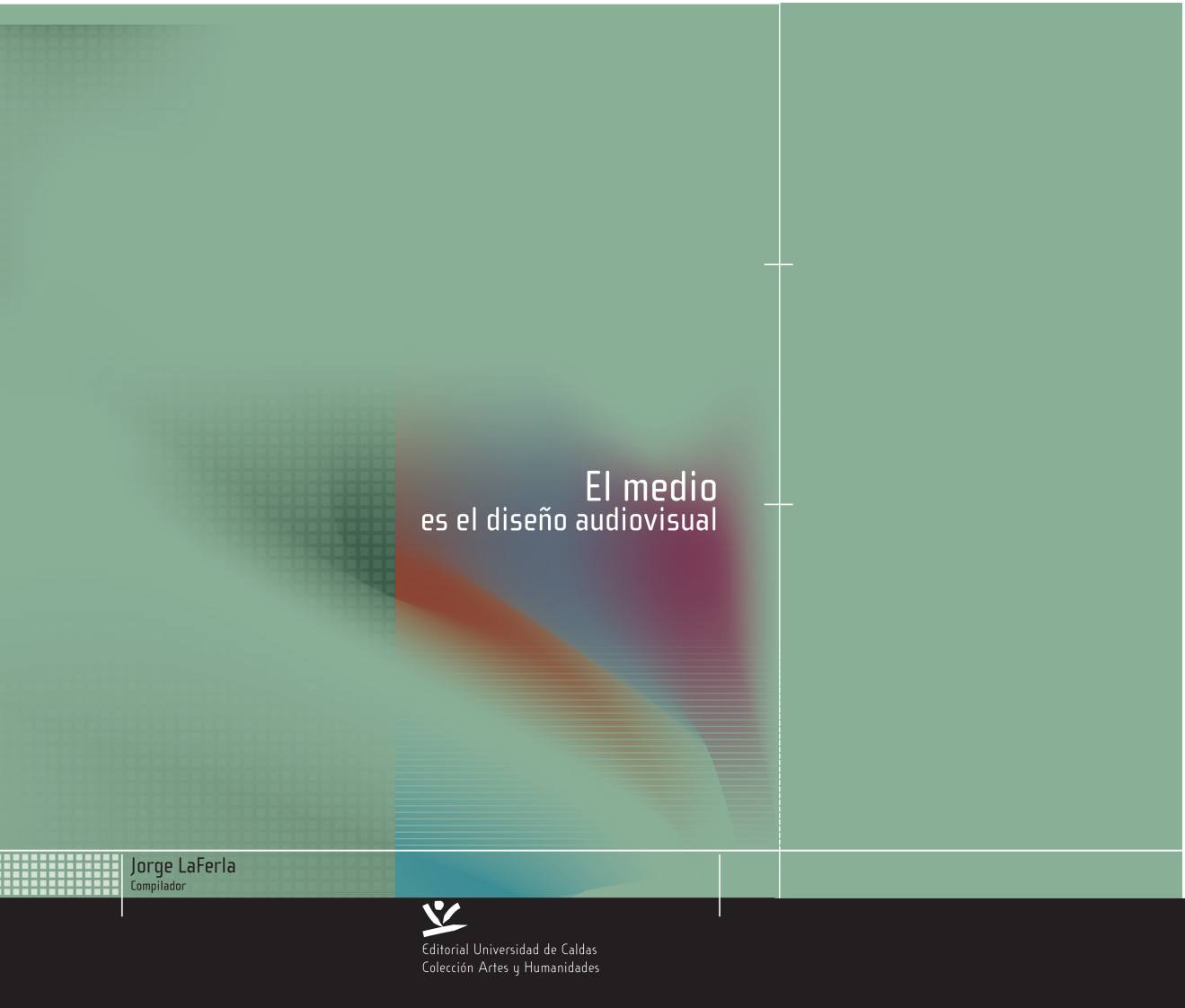Christoph Cox, Jenny Jaskey, Suhail Malik (eds.): Realism Materialism Art (2015)
Filed under book | Tags: · aesthetics, art theory, materialism, matter, object, object-oriented ontology, philosophy, realism, representation, speculative realism, technology, theory

“Realism Materialism Art (RMA) introduces a diverse selection of new realist and materialist philosophies and examines their ramifications on the arts. Encompassing neo-materialist theories, object-oriented ontologies, and neo-rationalist philosophies, RMA serves as a primer on ‘speculative realism,’ considering its conceptual innovations as spurs to artistic thinking and practice and beyond. Despite their differences, these philosophical positions propose that thought can and does think outside itself, and that reality can be known without its being shaped by and for human comprehension. Today’s realisms and materialisms explicitly challenge many of the dominant assumptions of cultural practice and theoretical inquiry, opening up new domains of research and artistic inquiry.”
Contributions by Armen Avanessian, Elie Ayache, Amanda Beech, Ray Brassier, Mikko Canini, Diana Coole, Christoph Cox, Manuel DeLanda, Diedrich Diederichsen, Tristan Garcia, Iain Hamilton Grant, Elizabeth Grosz, Boris Groys, Graham Harman, Terry Horgan, Jenny Jaskey, Katerina Kolozova, James Ladyman, François Laruelle, Nathan Lee, Suhail Malik, Quentin Meillassoux, Reza Negarestani, John Ó Maoilearca, Trevor Paglen, Luciana Parisi, Matthew Poole, Matjaž Potrč, João Ribas, Matthew Ritchie, Alicia Ritson, Susan Schuppli, Steven Shaviro, Nick Srnicek, Achim Szepanski, Eugene Thacker, McKenzie Wark, Andy Weir.
Publisher Center for Curatorial Studies, Bard College, NY, and Sternberg Press, Berlin, 2015
ISBN 9783956791260, 3956791266
403 pages
Reviews: Ilse van Rijn (Open, 2015), Hatty Nestor (Review31, n.d.).
PDF (14 MB)
Comment (0)Technosphere Magazine (2016-2019)
Filed under dossier, magazine | Tags: · anthropocene, anthropotechnics, creolization, earth, environment, human, infrastructure, technology, technosphere, theory

“Exploring the amorphous fabric of technologies, environments, and humans shaping Earth’s critical future.
The technosphere is the defining matrix and main driver behind the ongoing transition of this planet into the new geological epoch of humankind, the Anthropocene. Stemming from the ubiquity of human culture and global technologies, it forms a new and highly dynamic component of the Earth system, amorphous in its gestalt yet powerful in altering the history of this planet and the conditions for life on it. Mobilizing and transforming massive amounts of materials and energy, it is comparable in scale and function to other terrestrial spheres such as the bio- and hydrosphere, with which it connects and intersects. Put differently, it constitutes a form of a higher ecology generated by the cumulative interweaving of technologies and natural environments to the point where both become inseparable.
Manifest since at least the mid-twentieth century with the onset of the “Great Acceleration,” the technosphere has now reached an enormous, not yet determinate potential to alter the surface of the Earth as well as its great depths – from the orbital level to the deep sea. Owing to the capability of a single species to actuate technics that radically transform our planet, the technosphere thus represents a steep rupture and a qualitative shift in the way our planet has functioned for millions of years. How does the technosphere operate? How does it reorganize and re-functionalize the physicality and chemistry of living and non-living matter? And how does it change the ways we perceive the world?”
“Technosphere Magazine maps out specific dimensions, condensations, aggregations, “apparatuses,” problematics, conflict zones, ruptures, and operational failures, through and by which the technosphere becomes visible.” (from Editorial)
Editors-in-chief: Katrin Klingan, Christoph Rosol
Editorial team: Anujah Fernando, Ana María Guzmán Olmos, Nick Houde, Anna Luhn, Christoph Rosol, Johanna Schindler, Mira Witte
Illustrations: Nina Jäger
Publisher Haus der Kulturen der Welt (HKW), Berlin, 2016-2019
Open access
HTML
Dossiers: Anthropotechnics, Arctic, Borders, Creolized Technologies, Earth, Human, Infrastructure, Land & Sea, Machine Listening, Materials, Metabolic Systems, Phosphorus, Risk Equipment, Spheres, Substances, Trauma, Trust (HTML, updated on 2019-5-30)
El medio es el diseño audiovisual (2007) [Spanish]
Filed under book | Tags: · art history, audiovisual, cinema, film, media, media art, technology, theory, video

“La Colección Editorial en Diseño Visual de la Facultad de Artes y Humanidades, es un proyecto propuesto por la Cátedra La Feria de la Universidad de Buenos Aires y producido por la IMAGOTECA, Centro de Documentación Visual, de la Universidad de Caldas. Su objeto es difundir el conocimiento en torno a las relaciones entre imágenes técnicas y lenguajes audiovisuales, el entrecruzamiento de la historia de los medios, los soportes y las tecnologías, y, por último, las prácticas de la creación y el diseño con medios audiovisuales. El propósito final es la difusión democrática del conocimiento en diseño y nuevos medios, en el contexto colombiano, donde la producción editorial en este campo es limitada.”
Autores: Roy Ascott, Hernando Barragán, Xavier Berenguer, Pierre Bongiovanni, Norbert Bolz, Rejane Cantoni, Walter Castañeda, Ricardo Cedeño, Michel Chion, Jean-Louis Comolli, Myriam Luisa Díaz, Philippe Dubois, Anne-Marie Duguet, Mauricio Duran Castro, Umberto Eco, Jean-Paul Fargier, Priscila Farías, Claudia Giannetti, Carmen Gil Vrolik, Jean-Luc Godard, Adriana Gómez Alzate, Olier Grau, Iliana Hernández García, Eduardo Kac, Jorge La Ferla, Pierre Lévy, Felipe Cesar Londoño López, Arlindo Machado, Lev Manovich, Christine Melo, Martha Patricia Niño, Nam June Paik, José Ramón Pérez Ornia, Omar Rincón, Nils Roller, Eduardo Russo, Carmelo Saitta, Lucia Santaella, María Teresa Santoro, Paula Sibilia, Bill Viola, Paul Virilio, Peter Weibel, Gerardo Yoel, Gene Youngblood, Siegfried Zielinski.
Edited by Jorge La Ferla
Publisher Universidad de Caldas, Manizales, Colombia, and Universidad de Buenos Aires, Buenos Aires, 2007
ISBN 9789588319056, 9588319056
700 pages
via editor
PDF (12 MB)
Academia.edu

